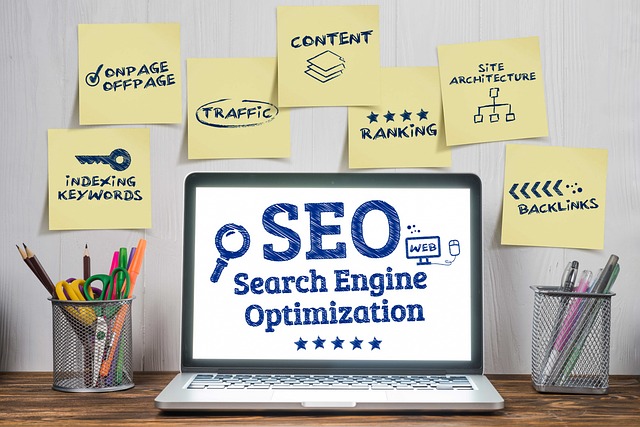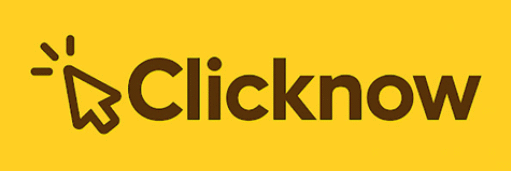Starting a blog is one of the best ways to share your ideas, build a personal brand, or even earn income online. But like most beginners, I once felt completely lost — unsure where to start, what tools to use, or how to design a website that looked professional.
Everything changed when I discovered WordPress. Today, I run a successful, fast-growing blog — and in this post, I’ll take you behind the scenes to show you exactly how I built it using WordPress.
When I first researched blogging platforms, I compared options like Wix, Blogger, and Squarespace. They all looked good on the surface, but they had one big limitation — lack of flexibility and ownership.
WordPress, on the other hand, offered:
– 100% control over my website and data
– Thousands of free themes and plugins
– The ability to grow from a small blog into a full-fledged business
That’s why I chose WordPress.org, the self-hosted version. It’s free, open-source, and powers more than 43% of all websites on the internet.
2. Setting Up My Blog Step by Step
Here’s how I got my WordPress blog live in less than an hour:
1. Bought a domain name that matched my brand.
2. Picked a reliable hosting provider (many hosts offer one-click WordPress installation).
3. Installed WordPress and selected a clean, mobile-friendly theme.
4. Customized the design using the built-in editor — no coding required!
5. Installed must-have plugins like:
– Yoast SEO for search optimization
– WPForms for contact forms
– Elementor for easy drag-and-drop design
– Site Kit by Google for analytics.
Within a few hours, my site looked professional — and it was ready for my first post.
3. Writing My First Blog Post
I started by focusing on useful, SEO-friendly content that people were actually searching for.
Using WordPress made this simple:
– I added keywords naturally in titles and headings.
– The Yoast SEO plugin guided me on readability, keyword placement, and meta descriptions.
– I used internal linking to connect my articles and improve user engagement.
Every post I wrote started ranking on Google within weeks — proof that WordPress SEO tools really work.
4. Growing My Audience and Traffic
After publishing a few posts, I began promoting my blog:
– Shared articles on WhatsApp, Instagram, and LinkedIn.
– Added a newsletter signup form with WPForms.
– Optimized for mobile users — since most visitors read blogs on their phones.
– Used Jetpack to monitor traffic and boost site performance.
Thanks to WordPress’s built-in analytics and plugin ecosystem, I could track my growth easily and focus on what worked best.
5. Monetizing My Blog
Once my blog gained steady traffic, I started earning through:
– Affiliate marketing (including WordPress hosting referrals!)
– Sponsored content
– Display ads and brand collaborations
Because WordPress lets you integrate any ad network or affiliate tool, monetizing was straightforward.
6. Lessons Learned Along the Way
If I could give one piece of advice, it’s this:
Start simple, stay consistent, and use WordPress as your backbone.
WordPress gives you everything you need — design freedom, SEO tools, analytics, and monetization options — in one place.
7. Final Thoughts: Why I Still Recommend WordPress
After years of blogging, I’ve tested many platforms — but nothing beats WordPress for:
– Full control and ownership
– Affordable setup
– SEO and mobile optimization
– Endless scalability
Whether you’re starting a personal blog, business site, or online store, WordPress remains the best choice for growth and flexibility.
Ready to Start Your Own Blog?
Pick your domain, choose hosting, and launch your dream website in minutes — just like I did.

Disclosure: Clicknow Team may receive a commission if you sign up using the link above
